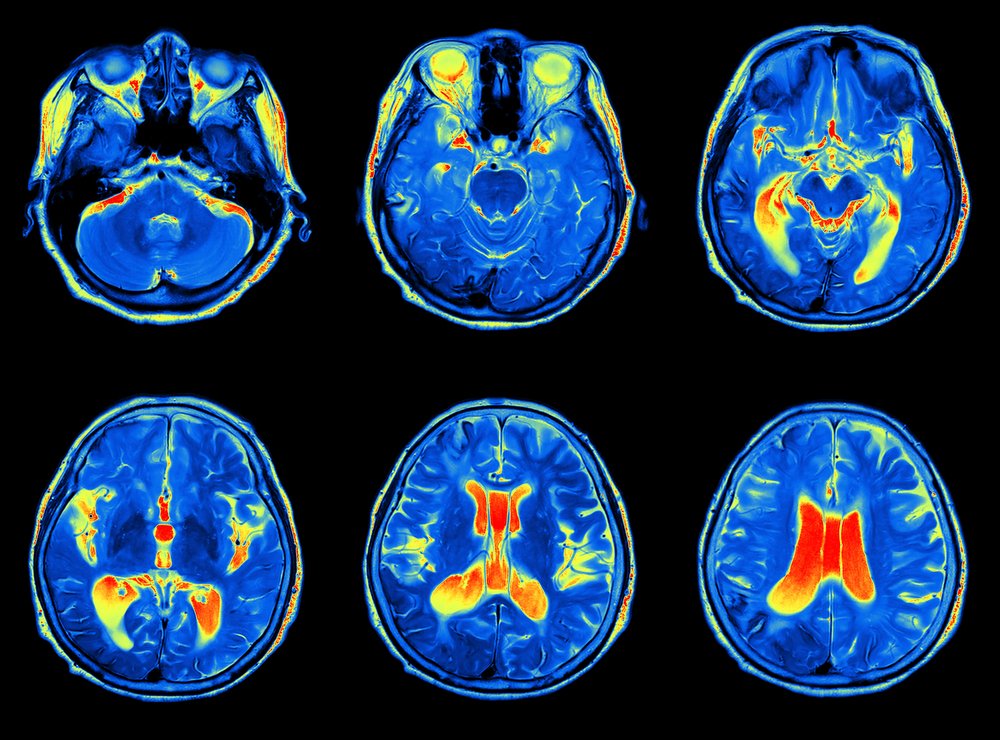#CMSC17 – Lemtrada’s 2 Year Therapy in RRMS Sustains Efficacy for Over 6 Years Without Additional Treatment
Written by |

Taking Lemtrada (alemtuzumab) for two years inhibited magnetic resonance imaging (MRI) disease activity in patients with relapsing-remitting multiple sclerosis (RRMS) for more than six years, the CARE-MS I clinical trial extension study found.
Researchers presented their study, “Durable Efficacy of Alemtuzumab on MRI Disease Activity Over 6 Years in Treatment-Naive RRMS Patients With Highly Active Disease: CARE-MS I Extension,” at the 2017 Annual Meeting of the Consortium of Multiple Sclerosis Centers (CMSC), held May 24-27 in New Orleans.
In CARE-MS I (NCT00530348), patients with RRMS with highly active disease were treated with two courses of Lemtrada (12 mg/day, intravenous — baseline: five consecutive days; 12 months later: three consecutive days). The study goal was to determine both the efficacy and safety of Lemtrada therapy when compared to subcutaneous administration of Rebif (interferon beta-1a).
Lemtrada reduced disease activity over two years significantly more than did Rebif; highly active disease was defined as at least two relapses in the year before trial and at least one gadolinium (Gd)-enhancing MRI lesion, found the study, which was supported by Sanofi Genzyme and Bayer HealthCare Pharmaceuticals.
In an extension study (NCT00930553), researchers observed the benefits of Lemtrada treatment in clinical and MRI outcomes after five years, without any additional treatment. Now, patients have completed a six-year follow-up and researchers evaluated the “six-year MRI outcomes (two years of core study plus four years of extension) in CARE- MS I alemtuzumab-treated patients with highly active disease who were treatment-naive at baseline.”
Researchers performed MRI scans at baseline and annually thereafter. The study endpoints included free-disease activity in MRI, specifically the absence of Gd-enhancing T1 or new/enlarging T2 lesions. In total, 94 percent of the patients recruited for the CARE-MS I trial participated in the extension study. Of these, 93 percent completed the study through year six.
In each extension year (from years three to six), the vast majority of patients remained free of brain lesions. MRI scans likewise showed no signs of disease activity. Most importantly, 63 percent of these patients achieved such results with no additional treatment, either with Lemtrada or any other therapy.
“Durable efficacy on MRI outcomes was observed with alemtuzumab through six years in RRMS patients with highly active disease, consistent with findings for the overall study population,” the team concluded. “Based on these findings, alemtuzumab may provide a unique approach in this patient population, offering durable efficacy in the absence of continuous treatment.”





